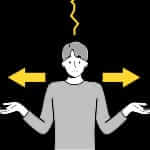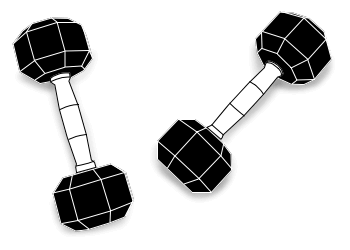When it comes to the start of a new year, I look at it as both a literal and a figurative blank page. This is, of course, because of my undying commitment to using a physical planner. While I have tried (and really tried!) to go digital, there is just something about scribbling down my daily tasks that makes it feel more concrete. Every time I scratch off something on my to-do list, it feels that much more real than simply swiping left or right on a phone screen.
I have long been a list-maker, ever since I could first pick up a crayon, you could find me taking inventory of my Power Ranger toys or making chalk-marked tallies of how many hoops my siblings made in our driveway. My grade school guidance counselor once tested my class on what sort of learner we were: auditory, visual, physical. I was exactly split down the middle, 50/50: physical and visual. It makes sense, then, that I would be so devoted to writing down the things I don't want to forget—and keep myself accountable when I do.
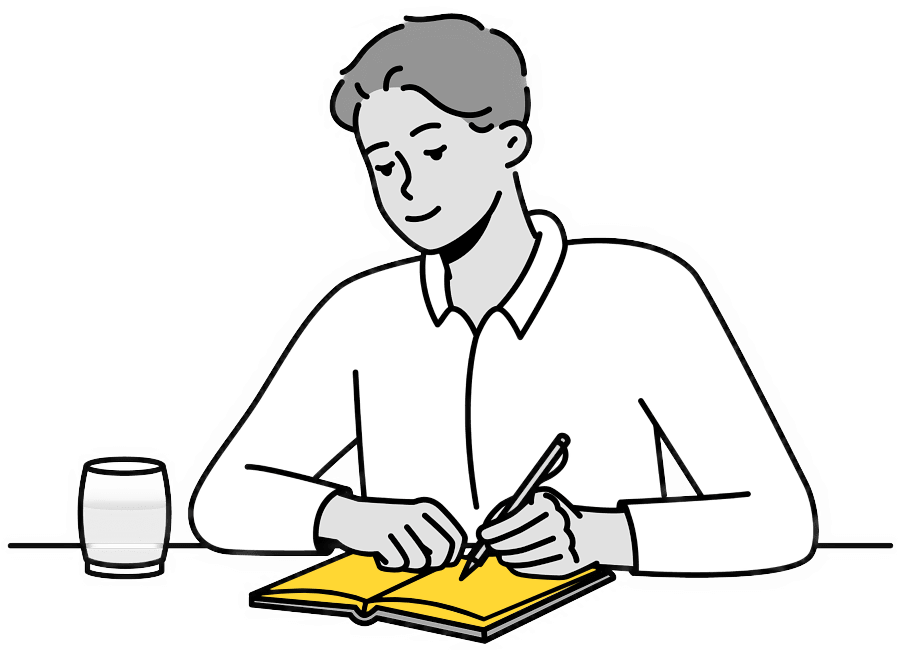
To me, who is often inundated with the digital detritus of junk emails, newsletters to which I forget to unsubscribe, and the tracking updates on things I've drunk-ordered, having a place outside of my phone to look at helps me stay focused. I've made it somewhat of a routine in how I work through my planner; it's really a one-two punch. I have my actual planner with meetings and holidays and all that, then I have an accompanying notebook where I write more in-depth details on my day-to-day activity. The former will include, let's say, a Zoom meeting I can't miss, while the latter will have, for example, a reminder to do my Duolingo lesson.
There's no one perfect method and mine might be overkill for some, but I meander between four jobs: freelance writer, marketing director, brand consultant, and novelist. To keep me sane and to make sure I don't miss a deadline, I'd rather be a bit cautious than to keep my day vague. And, speaking of sanity, I find people who put their entire to-do list in their Notes app to be psychopaths, but to each their own.
There's just something else about the physicality of a planner that goes beyond making sure I don't forget anything—to also remember what I have accomplished. At the end of the year, I am left with a messy, inky, scribbled-in book of memories that doesn't translate the same way on a screen. In December, I can flip through my planner and see that May was an exceptionally busy month and maybe I forgot about the weekend trip to Toronto I had taken. I can see deadlines and due dates and birthday parties all written in the marginalia among team calls and contract signings. To set a New Year's resolution is one thing. But to sit with your planner at the end of a particularly long year and feel pride that you did all of that, survived all of this ... well, that makes the stress of it all almost worth it, don't you think?
Find the
Planner for You
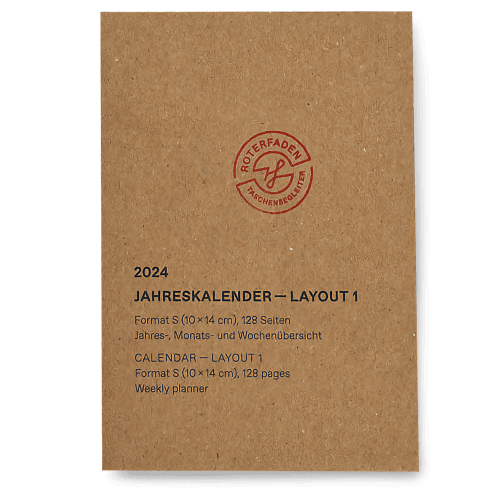
2024 weekly calendar,
$19.95 by Roterfaden
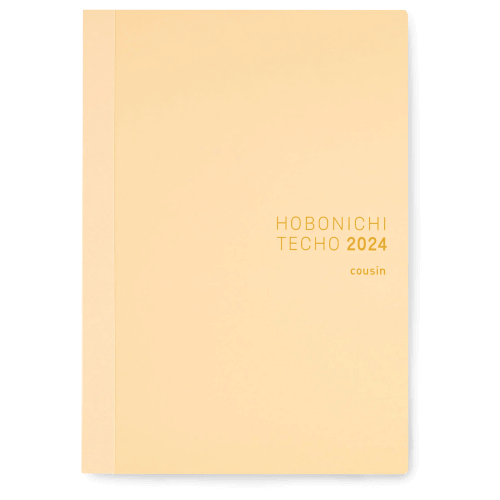
Techo 2024 notebook,
$33 by Hobonichi
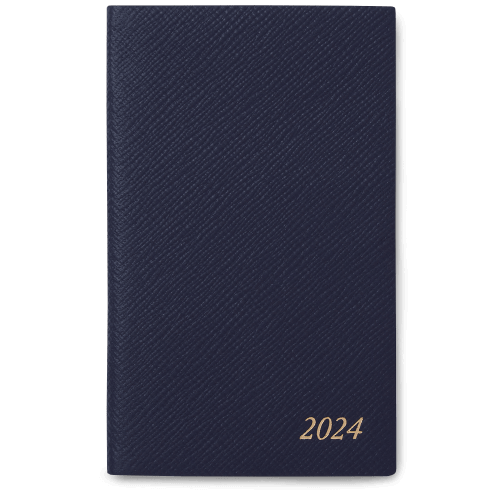
Panama weekly agenda,
$69 by Smythson
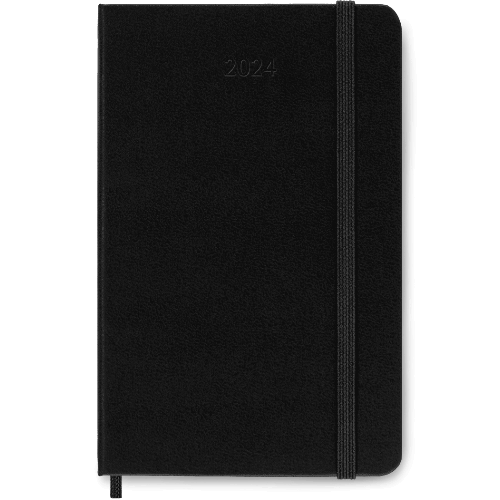
Classic pocket planner,
$23.95 by Moleskine
Advertisement
